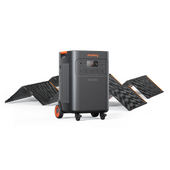











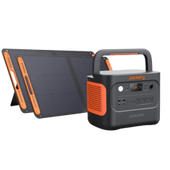





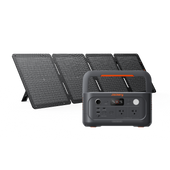
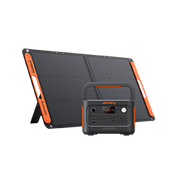



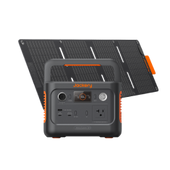
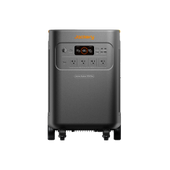


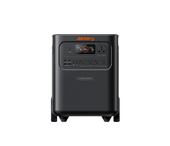


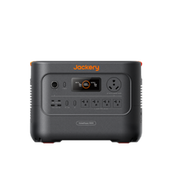
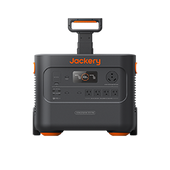
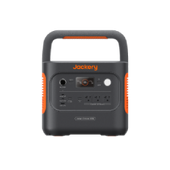

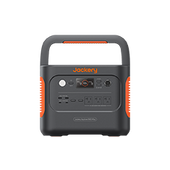
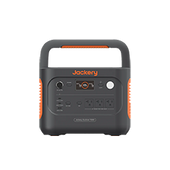


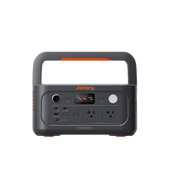
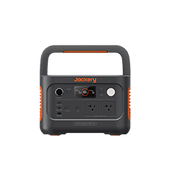
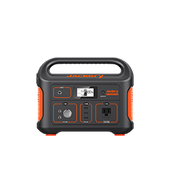
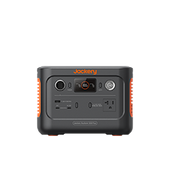
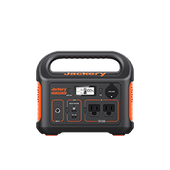








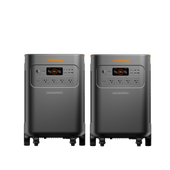


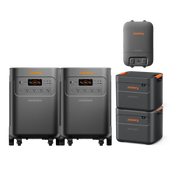


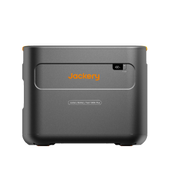













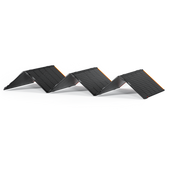


![[Add - on] Jackery Manual Transfer Switch for Explorer 5000 Plus - Jackery](http://www.jackery.com/cdn/shop/files/add-on-jackery-manual-transfer-switch-for-explorer-5000-plus-9017324.png?v=1754016782&width=170)








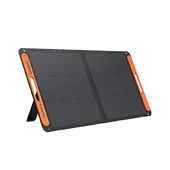
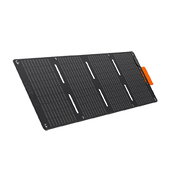


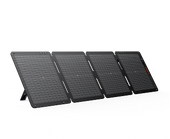

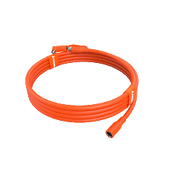










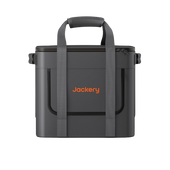


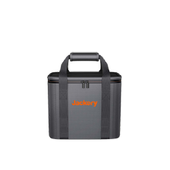


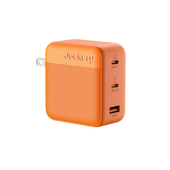
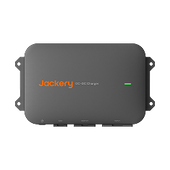




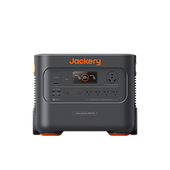

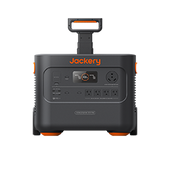

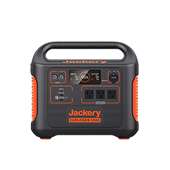
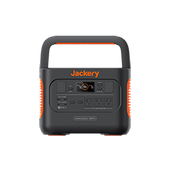
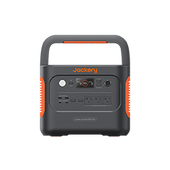

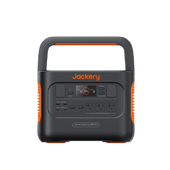

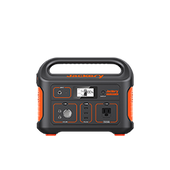

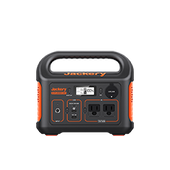
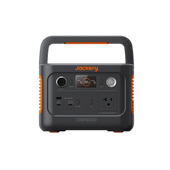

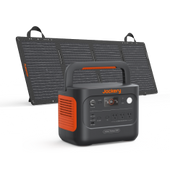


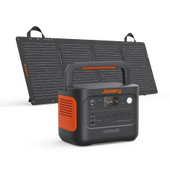
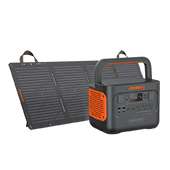
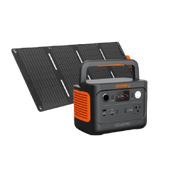







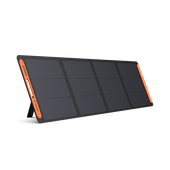


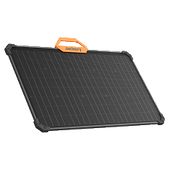



































































































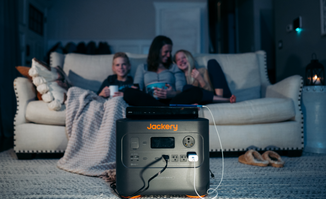


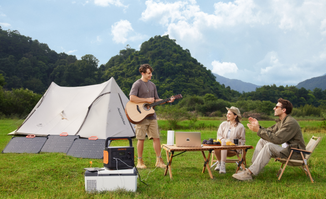
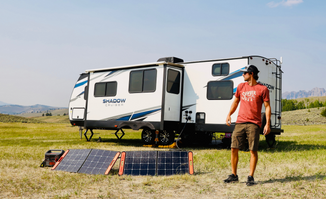

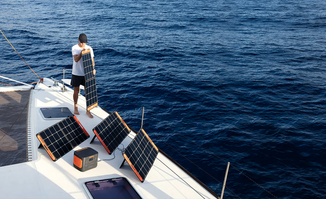
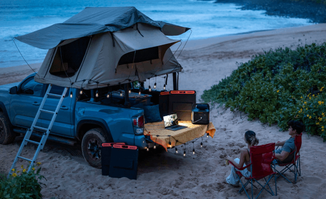
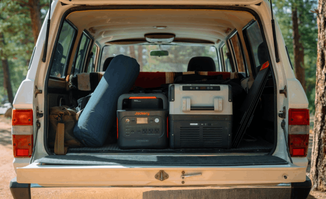










































































![[Add - on] Jackery Manual Transfer Switch for Explorer 5000 Plus - Jackery](http://www.jackery.com/cdn/shop/files/add-on-jackery-manual-transfer-switch-for-explorer-5000-plus-9017324.png?v=1754016782&width=170)






































































Jackery Black Friday Sale
Up to 65% Off!
Lowest Prices of 2025

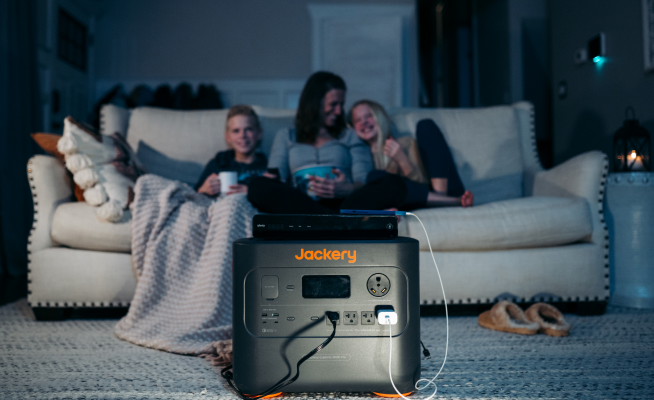


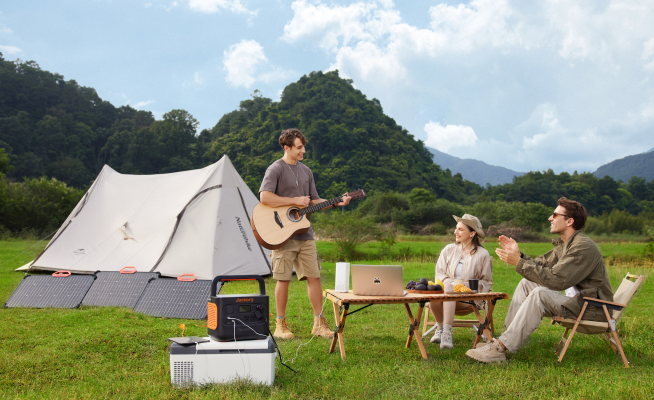
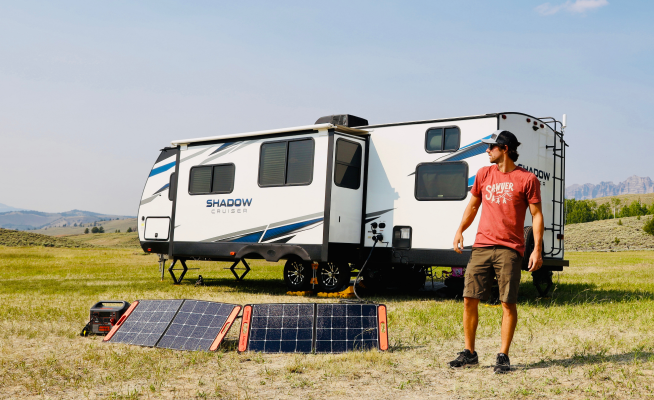

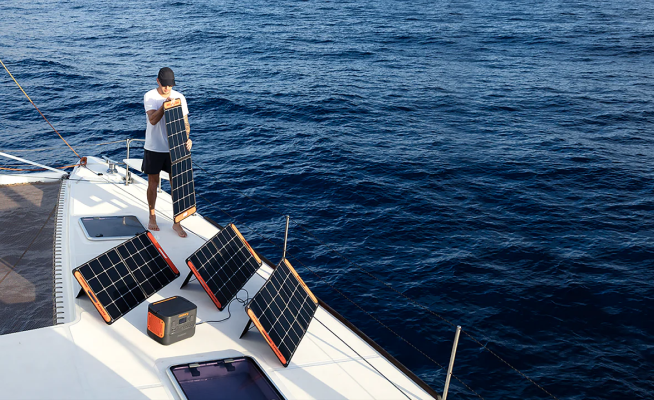
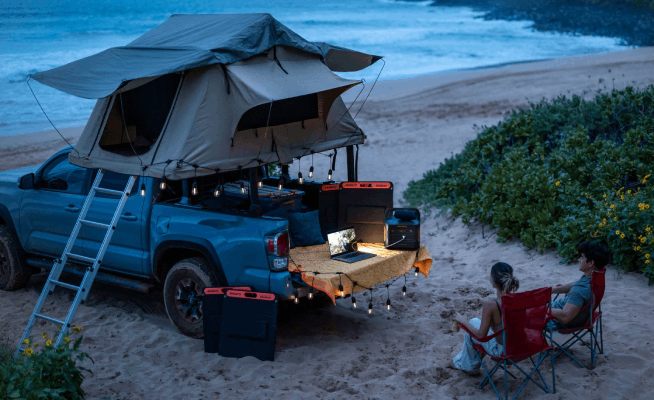
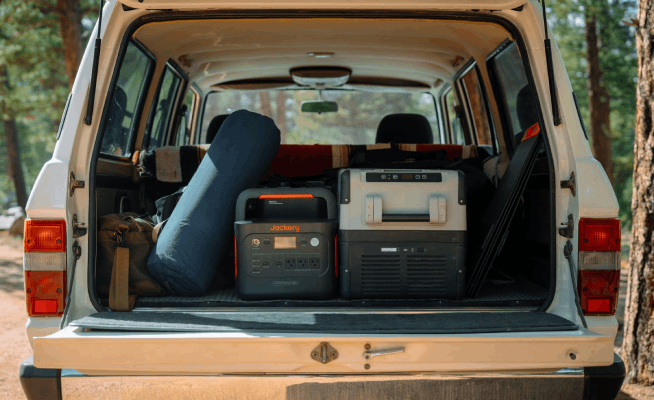
NORTHEAST WISCONSIN — When a winter storm rolls across the Great Lakes, Scott listens for more than the wind.
He listens for the silence.
“It’s in that moment,” he says, “when the fridge stops humming, the lights go out, and the furnace shuts down, you realize how vulnerable your home really is.”
Scott, a soft-spoken engineer lives in a rural part of northeast Wisconsin, where the power lines snake out from a distant substation 15 miles away. In this part of the country, power isn’t just a utility. It’s hot. It’s food. It’s safe. And for Scott it’s a problem he decided to solve himself.
Over the years, he’s built a self-reliant home energy system, part gasoline, part solar, designed for redundancy. “I didn’t want a backup,” he says plainly. “I wanted resilience.”
This is how Scott found himself in the quiet company of Jackery, a solar generator brand better known among campers and road trippers than among hardened DIY preppers. But Scott is more interested in systems that work.
“I’m an engineer,” he says. “I value simplicity. Compatibility. And above all, performance.”
Scott’s energy system started with a conventional gasoline generator: 5,000 running watts wired into a manual interlock switch on his home’s circuit panel.
Each outage became a ritual: dragging the generator out of storage, fueling it, wheeling it far enough from the house, then managing the sound through the night.
The shift came gradually, through late-night research and YouTube rabbit holes, as Scott began exploring solar solutions that wouldn’t require rewiring his entire infrastructure.
“I didn’t want a separate system,” he says. “I wanted something that could plug into the same circuit, same logic. That’s where Jackery came in.”
Unlike most solar generators marketed for tailgating or van life, the Jackery Explorer 5000 Plus offered a rare feature: 240-volt, 30-amp output.
To Scott, that wasn’t just a specification. It was a handshake, a seamless fit into the system he had already built.
“That was the difference. Jackery could replace my gas generator without changing a single wire.”
In Wisconsin, being prepared is less about paranoia and more about pattern recognition. Blizzards. Ice storms. Summer tornados. And, increasingly, heatwaves.
“We get everything here,” Scott says. “From minus 20 to 105 degrees Fahrenheit. You learn to expect the unexpected.”
What he’s built isn’t flashy. It doesn’t involve Tesla walls or sleek dashboards. But it works. When a storm’s coming, Scott charges the Jackery, rolls it onto his covered patio, plugs it into the generator inlet, and flips a few switches. Two minutes later, the house is running — lights, fridge, well pump, water heater, Wi-Fi.
The charm of Scott’s system isn’t just in its efficiency, it’s in the intention. His choices reflect a growing demographic of Americans rethinking how they power their homes, not out of fear, but out of a deeply practical kind of independence.
And that independence isn’t isolated. It’s portable.
Jackery’s smaller unit, the E240, lives in the trunk of Scott’s car. It powers phones on road trips, laptops on fishing weekends, and boat batteries on lake days. “It’s peace of mind,” he says. “And it’s quiet.”
Scott is quick to name the trade-offs between gas and solar, not as a salesman, but as someone who has spent hours listening to the whine of both.
Gas is faster to refuel but demands maintenance. Solar, on the other hand, is “silent, simple, and smarter.” That’s why Scott uses both.
“I’ll use the Jackery when I can plan,” he says. “If there’s a surprise outage and the Jackery’s only at 30%? I’ll run the gas generator to power the house and charge the Jackery.”
His setup is less about choosing sides and more about building trust in multiple systems. “It’s not about either/or. It’s about readiness.”
Scott’s background as an engineer naturally shapes how he interacts with technology — he values data, clarity, and continuous improvement. “I want an app that tells me: battery’s at 15%, fridge could lose power in 30 minutes. Something I can act on,” he says.
His hands-on use of the Jackery E5000 Plus in real-world conditions has given him a clear perspective on what works — and what could evolve. These insights reflect not dissatisfaction, but a desire to see solar power systems grow even smarter and more responsive for users like him.
But for Scott, the most important outcome is already here. “It means my family is safe,” he says. “That I don’t have to worry about food spoiling, heat shutting off, or scrambling for gas in a snowstorm.”
Jackery may market its devices with images of mountain hikes and beach barbecues, but customers like Scott are redefining its relevance. For them, it’s not about adventure. It’s about assurance.
In the quiet hum of a fridge that never loses power, in the glow of a porch light on a stormy night — Jackery becomes more than a battery. It becomes a kind of insurance. A way to keep life running, softly, when the grid goes dark.
Would Scott recommend it?
“Without question,” he says. “But I’d tell people: do your homework. Know your wattage. Understand your priorities. Then size your system right.”
Because in the end, resilience isn’t just about having power.
It’s about knowing — exactly — how and when to use it.
As Jackery continues evolving from adventure-ready to grid-resilient, stories like Scott’s show how one product can power more than moments, it can power peace of mind.
More